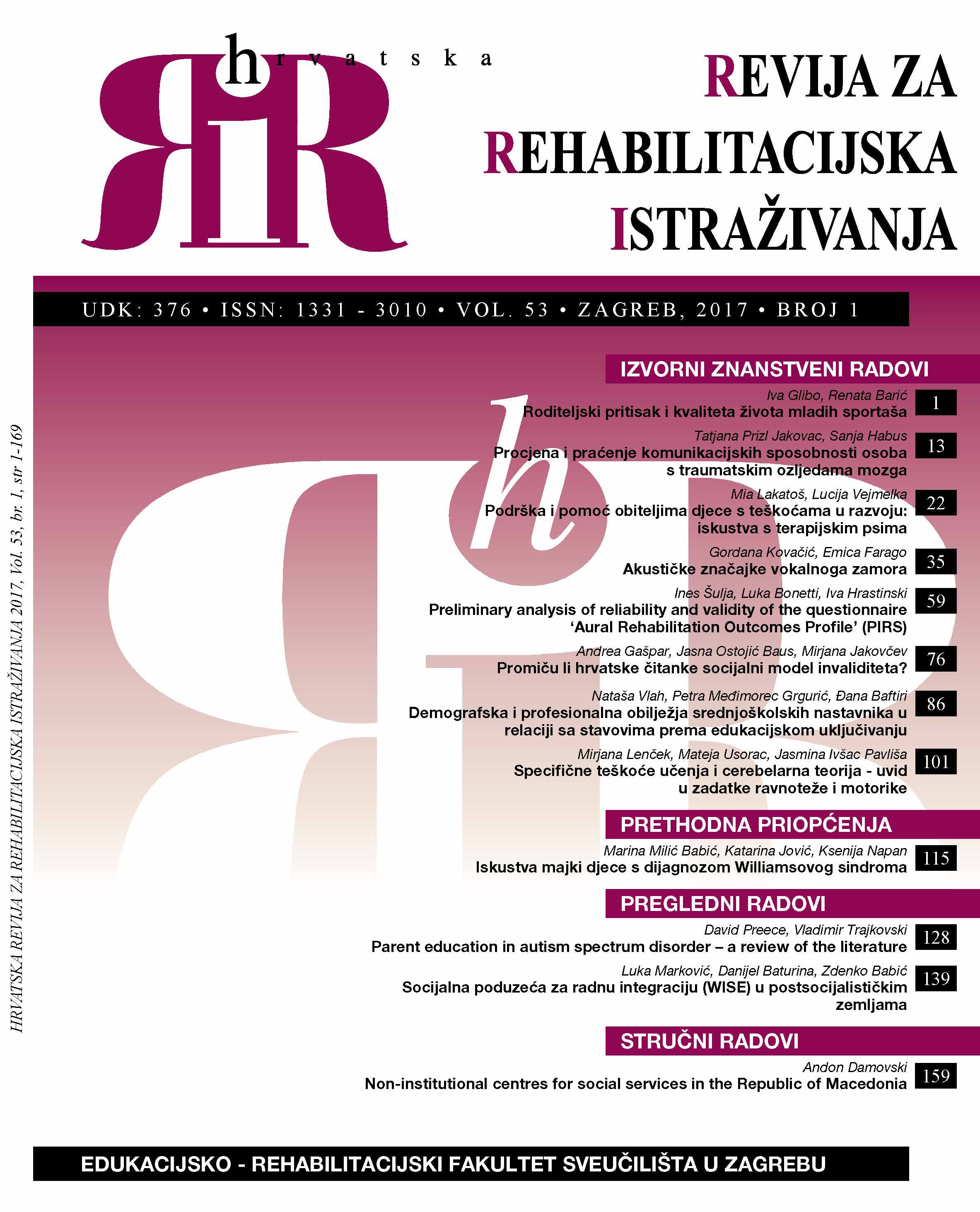Promiču li hrvatske čitanke socijalni model invaliditeta?
Do Croatian textbooks promote a social model of disability?
Author(s): Andrea Gašpar, Jasna Ostojić Baus, Mirjana JakovčevSubject(s): School education, State/Government and Education, Inclusive Education / Inclusion, Sociology of Education
Published by: Sveučilište u Zagrebu, Edukacijsko-rehabilitacijski fakultet
Keywords: social model of disability; disability; textbook; content analysis;
Summary/Abstract: School curriculum and textbooks greatly influence the early formation of attitudes towards people with disabilities. Croatia is currently undergoing a transformation from a medical to social model of disability. To assess how this transformation is progressing in schools, the present study examined whether, and to what extent, people with disabilities are presented according to the social model in elementary school textbooks. The following questions were considered: How many texts per textbook in each grade mention people with disability? Which type of disability occurs most often in texts? Is the representation of various types of disability in textbooks consistent with their actual prevalence in the Croatian population? Are textbook portrayals of people with disability aligned with a medical or social model of disability? To address these questions, content analysis was performed on texts randomly sampled from 16 elementary textbooks of the Croatian language used in the 2016-2017 school year. Each publisher was represented to a similar extent in the sample. Of the 1,320 analyzed texts, only 25 mentioned a total of 35 people with disabilities, indicating significant under-representation of people with disabilities in Croatian textbooks. The most common disabilities presented in the sample were physical (29.41%) and visual (26.47%), which is to some extent consistent with Croatian statistical data. Most people with disability are portrayed from the perspective of the social model (55.88%), mainly in the context of positive discrimination (44.12%). These results may serve as a good starting point for future research on this subject, and they may help monitor disability model transformation in the country.
Journal: Hrvatska revija za rehabilitacijska istraživanja
- Issue Year: 53/2017
- Issue No: 1
- Page Range: 76-85
- Page Count: 10
- Language: Croatian

